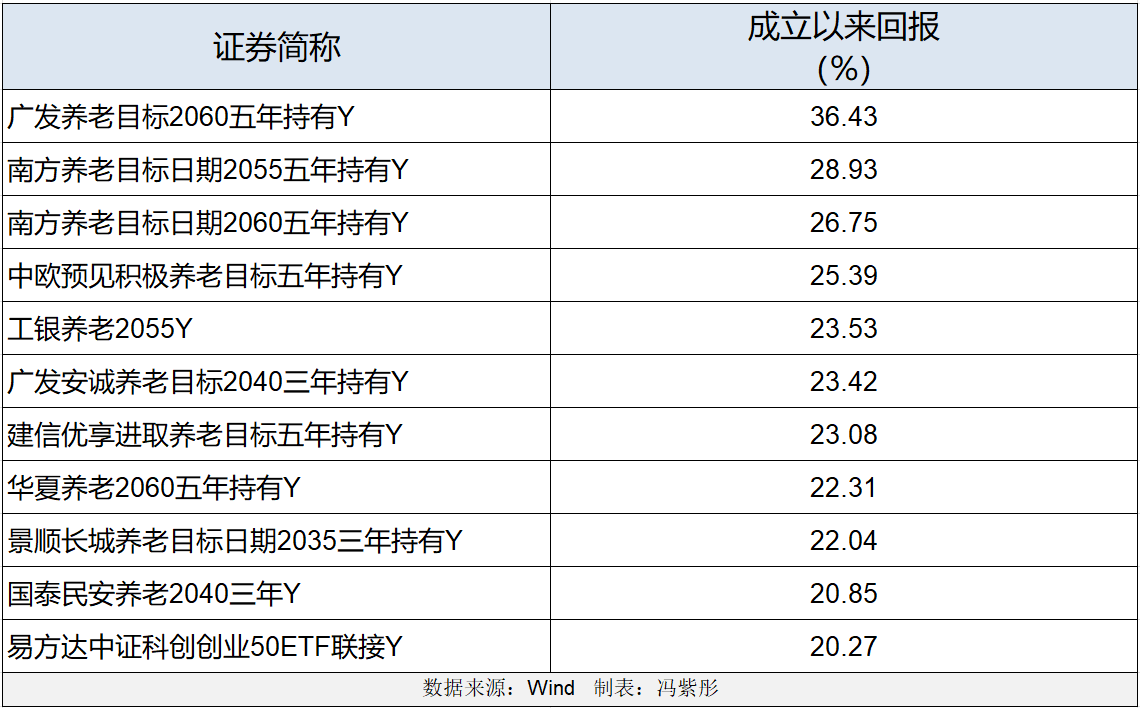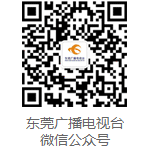Major Changes to Personal Pension Account Withdrawals!
On August 19, the Ministry of Human Resources and Social Security and four other departments jointly issued the “Notice on Matters Related to the Receipt of Personal Pensions” (hereinafter referred to as the “Notice”), announcing significant adjustments to the rules for withdrawing personal pensions, effective from September 1, 2025. These changes aim to enrich the conditions for withdrawal and meet the diverse needs of participants.
The adjustments focus on two main areas: first, the Notice adds three new withdrawal scenarios, allowing participants to apply for withdrawals in cases of major medical expenses, long-term unemployment, or poverty; second, it optimizes the application channels by adding both online and offline service entry points.
These changes are expected to enhance the flexibility and convenience of the personal pension system, alleviate concerns about restrictions on wealth liquidity, and boost residents’ willingness to open accounts and make continuous contributions.
Addition of Three New Early Withdrawal Scenarios to Boost Participation
The most notable change in the Notice is the expansion of withdrawal scenarios.
Previously, participants could only withdraw personal pensions under one of three conditions: reaching the age for receiving basic pensions, complete loss of working capacity, or settling abroad. Now, the Notice adds three new scenarios:
First, if within the 12 months prior to the application, the medical expenses (after医保 reimbursement) for the participant, their spouse, or minor children exceed the per capita disposable income of the province from the previous year. Second, if the participant has received unemployment insurance benefits for a cumulative total of 12 months within the two years prior to the application. Third, if the participant is currently receiving urban or rural subsistence allowances.
The application process has also been optimized. In addition to applying through the account-opening bank, participants can now use national unified online service portals such as the National Social Insurance Public Service Platform, the electronic social security card, and the Palm 12333 App. They may also apply through the social insurance agency where their basic pension insurance is currently registered.
These adjustments are seen as balancing security and flexibility. The new scenarios for major medical expenses, long-term unemployment, and financial hardship provide limited emergency cash flow while maintaining the system’s primary pension focus.
As a core component of China’s third pillar of pension security, the personal pension system has expanded from initially covering 36 cities to nationwide since its pilot launch in November 2022, becoming an important tool for residents to plan their retirement savings.
However, a phenomenon of “high account openings but low contributions” has been observed.
One reason for this is the long account lock-up period, which fails to meet residents’ short-term liquidity needs, dampening contribution enthusiasm. Enriching withdrawal conditions is expected to help increase residents’ willingness to contribute.
Clear emergency withdrawal scenarios can reduce psychological barriers related to inaccessibility, making the system more appealing to younger and middle-income groups, potentially raising the willingness for regular and sustained contributions. When accounts transition from “only for distant use” to “usable in extreme situations,” residents are more likely to plan their contribution curves closer to their lifecycle consumption, reducing one-time, small试探性 deposits and increasing the probability of regular contributions.
However, it is also necessary to clarify supporting policies, such as clearer withdrawal standards and limits regarding medical self-payment ratios, unemployment duration, and income evidence, establish withdrawal frequency management and cooling-off periods, and define tax benefit衔接 and replenishment rules after emergency withdrawals.
Implementing these measures could potentially turn “high account openings but low contributions” into “stable account openings and frequent contributions.”
Steady Market Growth and Increasingly Diverse Product Offerings
Despite the challenge of “low contributions,” the personal pension market continues to develop steadily.
To date, the number of personal pension account holders has exceeded 70 million, and the range of investment products has continued to expand, reaching a total of 1,100. By product type, there are 466 savings products, 303 fund products, 296 insurance products, and 35 wealth management products, catering to people with different risk preferences.
According to a semi-annual report on China’s banking wealth management market published in July, the number of investors who have opened accounts on the personal pension wealth management product industry information platform has exceeded 1.439 million, an increase of 46.2% since the beginning of the year. Additionally, investors have actively purchased ordinary shares of personal pension wealth management products, with cumulative purchase balances reaching 110.36 billion yuan.
Wind data shows that as of the end of the second quarter,





